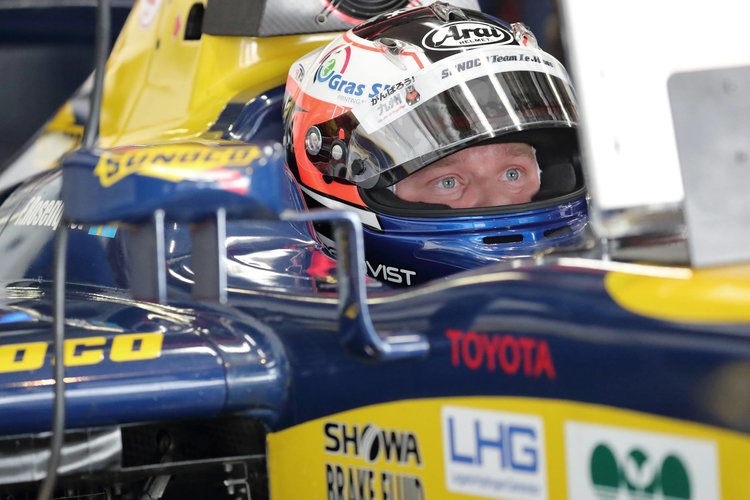
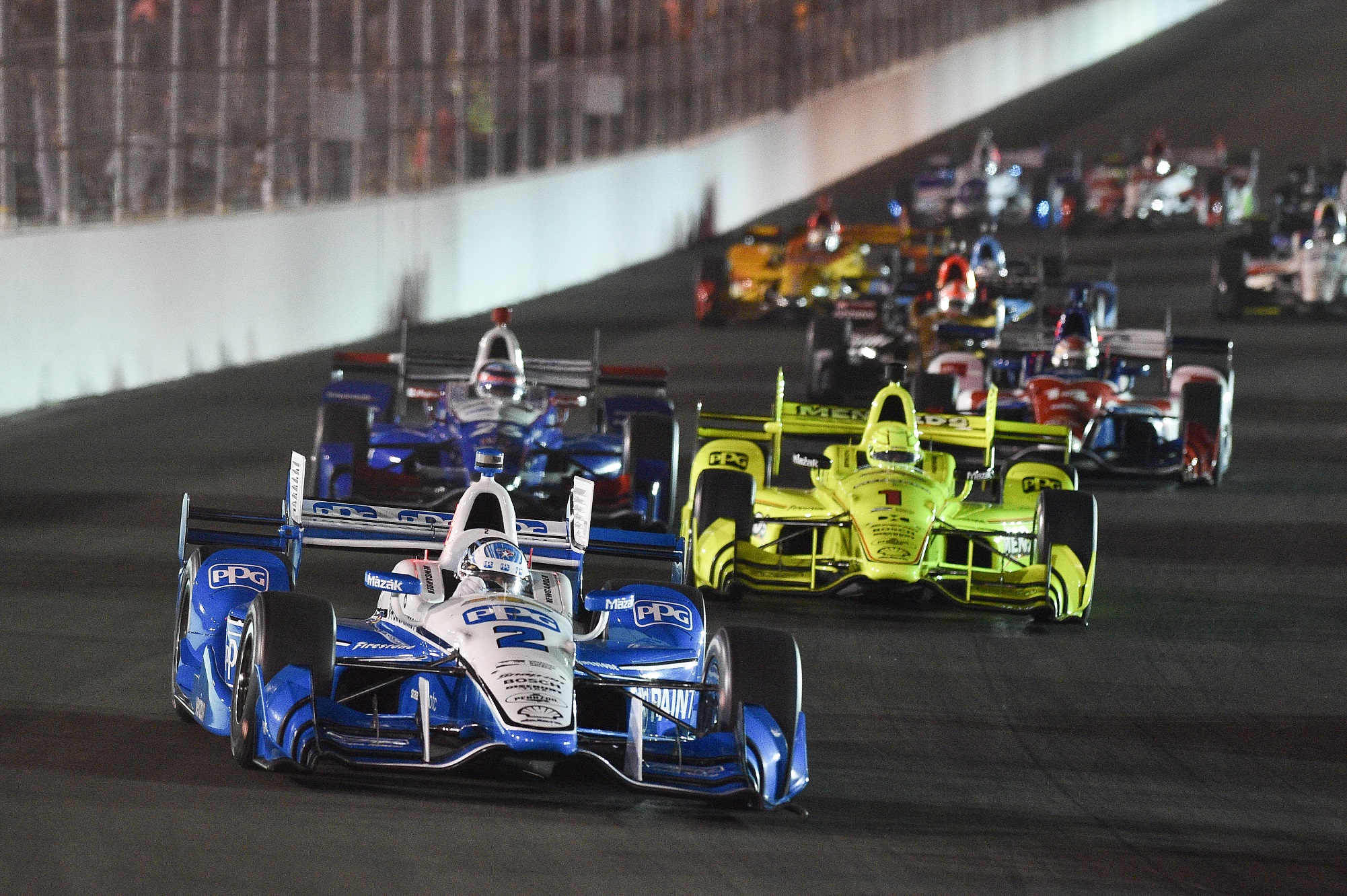
JAN TEGLER: With 2017 now at a close, we’re going to look back at the year’s racing a bit and look forward to 2018.
Which professional series do you think offered the best racing in 2017? Which was most fun to watch?
STEFAN JOHANSSON: I would say IndyCar again. It has always been enjoyable to watch. The series is very competitive, there are always good battles throughout the field, and some of the races are real cliff hangers. You often don’t know what the outcome will be until the very end of each race.
I’ve been saying this for years now, IndyCar has by far the best racing overall but unfortunately only a fraction of the global race fans watch it. If they could only get more people to tune in so everyone can see how good it really is.
I’m not a marketing expert and I certainly don’t claim I have all the answers, but it’s the best kept secret in global motorsports as far as I’m concerned. They need someone like Liberty to come in and really push the series to where it used to be and beyond.
Of all the series out there, I think it’s the one that needs the fewest changes in terms of the overall product, but they need all the help they can get in marketing themselves.
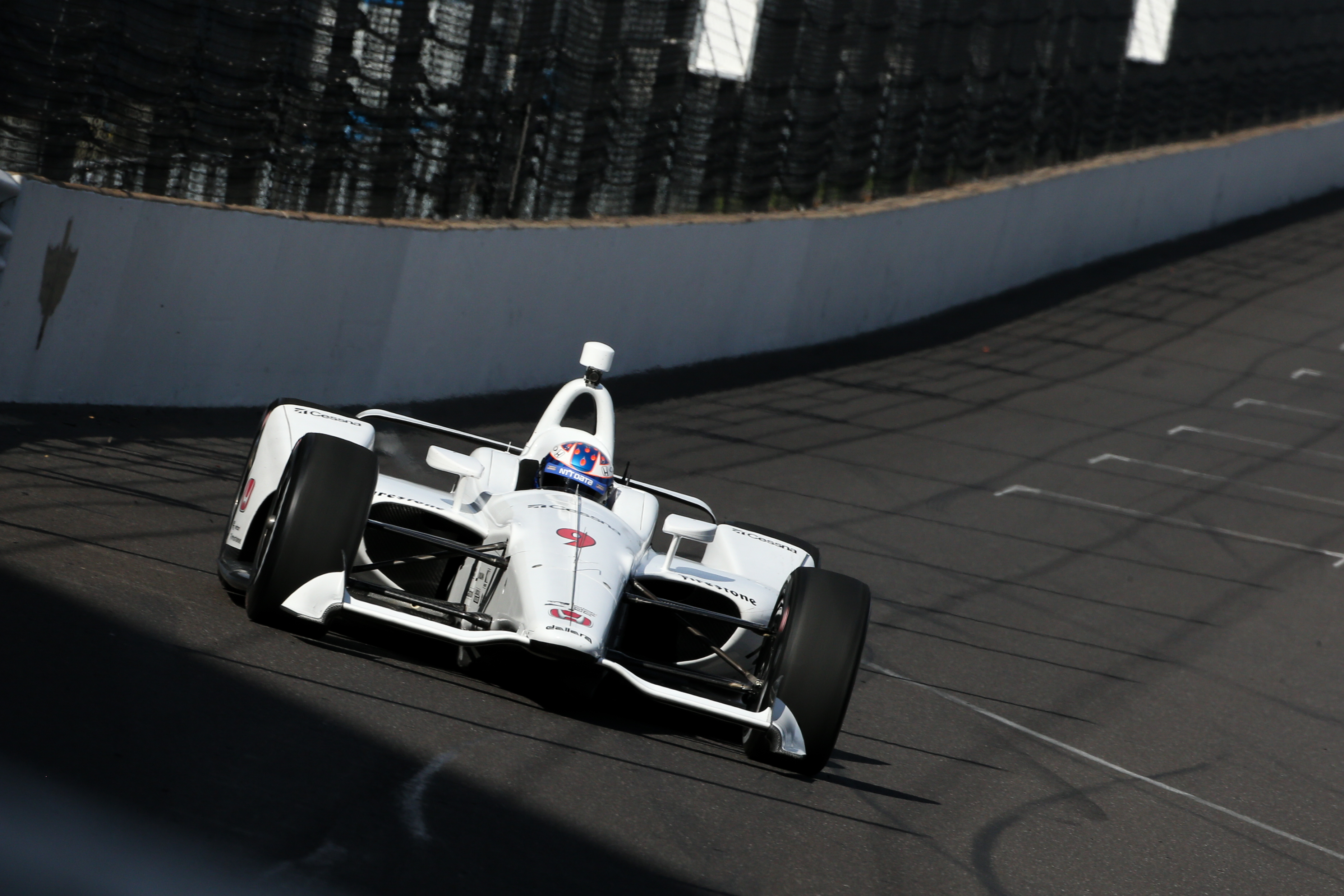
JT: The 2018 IndyCars with their now-standard lower downforce universal aero kits have received positive feedback from the drivers who’ve tested with them so far.
Apparently they will force drivers used to the downforce-heavy Chevrolet and Honda aero kits of recent years to adapt their driving, requiring more finesse and patience. The cars should also move around more, making for more visually exciting racing. What’s your take?
SJ: It certainly looks like this package will sort the level of driving out a bit more than what we’ve been used to seeing in 2017 and the last few years.
It definitely looks like the cars are not as easy to drive as what we’ve been used to the past couple of years with the huge downforce cars. They will demand more finesse and car control from the drivers and that’s good.
That’s the problem with all of the high downforce cars of today; they can make an average driver look quite good. By definition, if you have more grip you don’t have to balance a car the way you would without it.
It’s the same situation you have in F1 and it shows; DTM is the same as well as the WEC prototypes. Yes, the cars were quicker in 2017 and maybe fractionally more physical to drive but with all of the downforce and grip they have, they require less driving skill or feel for the car.
The new IndyCars will force the drivers to work a bit harder to get the last five percent out of the car and they will all have to develop that feel again.
They’ll also have an impact on the tyres. You will have to manage the tyres more with your driving to make sure you don’t slide around too much but always keep them just below the point of losing the grip.
This will inevitably lead to more small mistakes by some drivers which is often the chance you’re looking for when you’re battling another driver in a close race.
I don’t know if the new car will make the racing any better; it’s already quite good. But I do think it will separate the good drivers from those who are average more than what we’ve been used to seeing the past few years.
If the cars move around more, that’s what fans want to see. They want to see drivers fighting to control the cars.
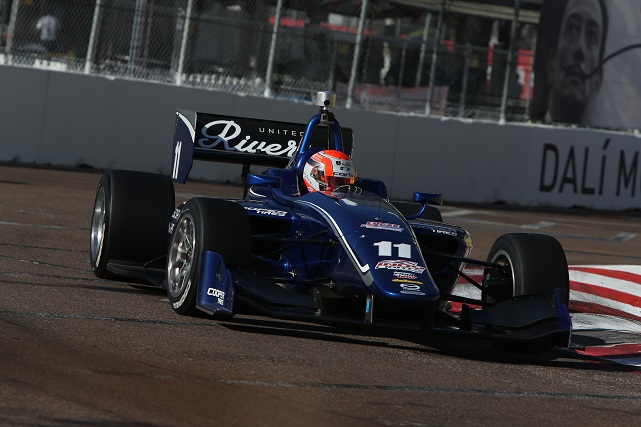
JT: Looking ahead to the 2018 IndyCar season in another way, it’s intriguing to see how it’s shaping up with drivers switching teams, new drivers, and new teams like Carlin joining the series.
SJ: I think it’s good. It’s probably time there was a bit of a shake-up in the ranks across the board.
I think Carlin joining the series will be great. Trevor Carlin is one of the best team owners out there, period. They’ve won in everything they’ve ever competed in and they know what they’re doing. I think they’ll add a lot to the series.
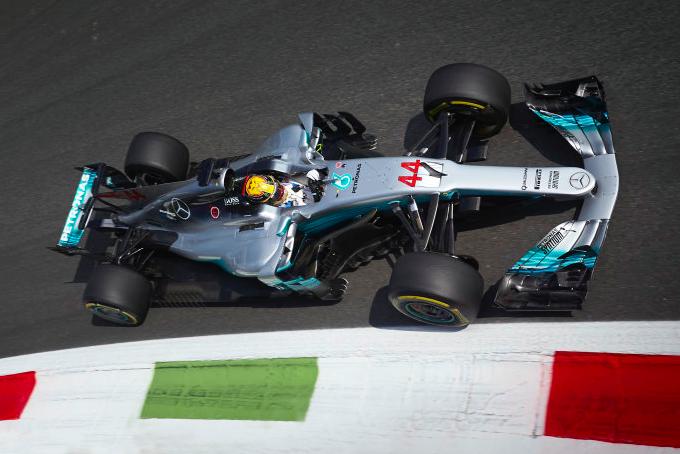
JT: Formula 1’s 2017 season started off in interesting fashion with Ferrari able to challenge Mercedes for victory regularly. At the midway point however, Mercedes gained a clear advantage. The result was an early season that featured battles on track at times. After the early races, there was very little excitement.
This was confirmed by data Pirelli released in December, showing that there were half the number of overtakes in F1 in 2017 compared to 2016. As you predicted, the larger, higher downforce cars the series switched to this year made passing more difficult.
SJ: Yes, this isn’t exactly earth-shattering news. It should have been obvious to anyone who wrote the rules that this was not the way to go to improve the racing. There’s no way to escape the effects of aero unfortunately.
Now they are talking about generating downforce from underneath the cars rather than from the top. That might help limit the turbulence a little bit but it won’t eliminate it. If you follow another car there will still be dirty air.
As long as you have a lot of aero, you’re always going to have this problem, and the more complicated the aero is, which an F1 car is the epitome of, the more affected your car will be from the dirty air. Unless they simplify the front wing considerably, I am certain they will still have the same problem.
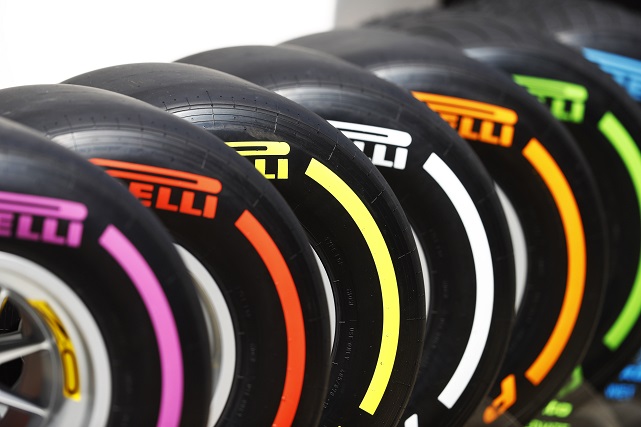
I’ve said it before but I’ll say it again, the easiest way to get more grip, and it would be so easy, is to simply improve the tyres.
Even on a much lower level than F1, like when we used to run LMP2 in sportscar racing, you could easily spend a million dollars developing the aero of the car to gain maybe half a second. Then you bolt on a different set of tyres that cost maybe $2,000 and you pick up a second-and-a-half.
It’s beyond me that improving the tyres is never even mentioned in F1. There are three things that make a race car go faster or slower not counting the driver of course: chassis, engine, and tyres.
The first two are open for anyone who wants to compete, yet the tyres are restricted to one manufacturer, to whomever is willing to bid for the exclusivity.
As it is today, I don’t think many tyre companies would be interested in competing against each other in F1 with the current rules that mandate the same old 13-inch balloon tyres they’ve continued to use since the 1970s or maybe even earlier, because they are completely irrelevant to any tyre on the road anymore.
But if they could change to tyres that look at least remotely like what you see on a road car now then I’m sure the tyre companies would jump right in. Michelin have already made that statement.
But it’s the engineers that effectively write the rules today, and for them all the emphasis is on aerodynamics, so for the time being we are stuck with the current rules and the insane amount of money being spent on aero development.
I guess if the focus changed from aero to tyre and more mechanical grip more than half of them would be out of work immediately. That’s when you need someone with a bird’s-eye view who can step in and say, “This is what it is, these are the new rules. Deal with it.”
I’m sure that if you took away 60 or even 70 percent of the aerodynamic grip the cars have now and opened up the regulations to allow different tyre manufacturers to compete against each other, you would easily gain back three to four seconds per lap, maybe more, almost immediately. Then give the cars an extra 300 horsepower and you gain another three to four seconds on an average length track.
There’s another thing which is curious in my mind with the current cars and regulations. Seemingly, someone in a high tower has decided that electric cars are the way to go and that’s it. Across the board, road cars, race cars, it doesn’t matter. No other alternatives are available.
Anyone who has even the remotest interest in engineering knows that there are a tonne of other alternative technologies out there which could be far more interesting and environmentally friendly and for sure more efficient than electric.
But we now have these so-called environmentally friendly hybrid cars with batteries that add nearly 50 percent more weight to an F1 car.
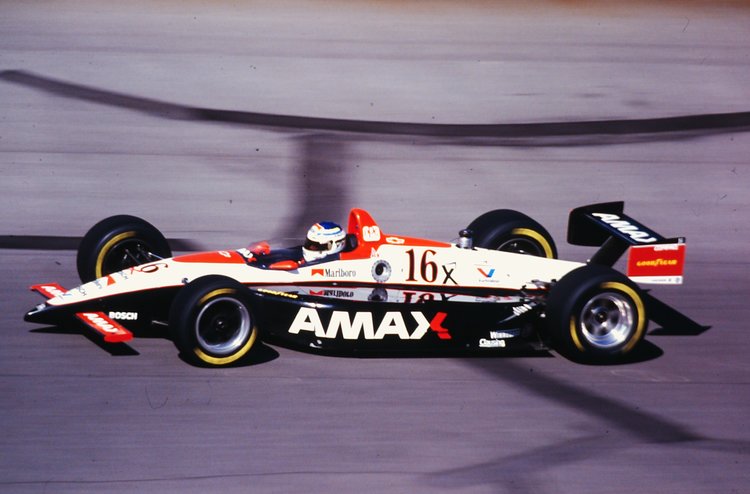
The F1 cars used to weigh 500 kilograms. That alone made the cars way more exciting to watch than what we have now. They were lively. They were moving around, twitchy and nervous all the time. You could really see the drivers working the cars.
I remember when I came from F1 to IndyCar. The IndyCars were quite a bit heavier. Everything happened so much slower in the IndyCar and that made it a lot easier.
Now the F1 cars weigh as much as an IndyCar. In the bigger picture where F1 claims to be road relevant – which it isn’t – you could apply the concept of saving weight rather than adding it. Hypothetically, if you halved the weight of every road car and put the focus on weight loss can you imagine how much that would mean in terms of efficiency and for the environment just in terms of fuel consumption?
It would be massive. That should at least be an alternative direction F1 should be going in but they’re now doing the exact opposite.
You could allow all the brilliant engineers in F1 to tap into the materials science that already exist out there and let the teams to focus on weight savings as an option in designing their cars. And then work out a target number for thermal efficiency and energy consumed that each car was allowed to consume over the course of a race distance.
Then leave it up to the teams whether they want to run a normally aspirated engine in a car that will be lightweight and far more fuel efficient or a battery-hybrid car that’s maybe 200 kilos heavier but might also generate more power in an efficient but different way.
From an engineering point of view that’ll help sort everything out because you’d soon find out what approach was the most efficient. That would also provide interest for the fans with cars that were conceptually different from each other and that also looked and sounded a bit different.
As it is, all the cars look virtually the same and truthfully F1 has been nothing more than a glorified spec series since the introduction of the latest engine formula. The rules are written so tight that each team has an extremely narrow window to work within, both on the chassis and the engine, hence all the cars looking and sounding exactly the same.
Take away a lot of the downforce, add an extra 300 horsepower, lighten the cars by 200 kilos and put some proper tyres on them.
You could soon be back near the same lap times they run today but with cars that were mega-exciting to watch. They would run close to 400km/h down the straights, have much longer braking distances which would encourage more overtaking under braking, and the cars would move around a lot more so you could really see the drivers trying to tame their beasts. It would be awesome!
Another thing with all this, and maybe the most important aspect of all, is that every single race track today is either modified or built to specifically suit these high downforce cars. They are full of low speed corners and boring chicanes, in order to slow the cars down because of the high grip they generate from the downforce.
If the cornering speeds were lower, but straight line speeds were much higher we could gradually go back to the type of tracks that were far more exciting to watch, where you could really see drivers laying it on the line with great car control in a series of medium- and high-speed corners, but with the modern safety standards applied.
Yas Marina in Abu Dhabi is a perfect example of this. How is it possible to build something that awful when you have a clean sheet of paper?
It’s probably the worst race track I have ever driven on in my entire career. It has three chicanes and four first gear corners! Why would you even put one chicane when you build a new track and you have an endless choice if options?

JT: 2017 featured lots of sports car racing with GT racing remaining strong globally while top tier prototype racing gasped for air.
The LMP1 class of the World Endurance Championship looked less vibrant on- and off-track than it had for several years, demonstrating that the championship had finally drained the resources of the category’s remaining manufacturers, Porsche and Toyota, with its hugely expensive hybrid-prototypes. Porsche announced its P1 exit in late summer.
The situation was brighter in IMSA with the series’ DPi/P2 class gaining entrants even in a transitional season. IMSA’s GT classes remained strong and the outlook for 2018 looks very good with new teams and cars joining.
Contrast that with the WEC where the LMP1 class will consist of Toyota and several privateer squads running non-hybrid ICE-powered machines. There’s little doubt Toyota will dominate.
The upcoming 24 Hours of Daytona should be one for the books with a historic line-up of star drivers and teams that will surpass what Le Mans can offer in the 2018/19 ‘superseason’. What are your thoughts?
SJ: I agree. The formula that IMSA have come up with for prototypes is great and it’s clearly working, with more teams than ever joining the series. It’s just a shame that there can never be an agreement between Europe and America on the overall rules for prototypes.
It’s sad that egos have to get in the way all the time because I think they have the foundation here in the US for something could be fantastic for everybody. Now the ACO is talking about a silhouette GT formula which is just going to be another money pit for a few manufacturers as far as I’m concerned.
As we’ve discussed before, my point has been for some time now, why not just unleash the current GT cars?
If you take the restrictors off them they would have another 200-300HP or more in some cases, then give them maybe another 10 percent more aero and some wider tyres and wheel arches that would make them look more aggressive also, and they’d be flying around Le Mans. They’d be in the mid- to low-3:30s in no time, and that’s always been the target lap time the ACO wants to see for them to feel the track is safe.
Make every manufacturer that wants to compete homologate a car to those specs, the road car version of the Le Mans spec car would be sold out in no time and every manufacturer competing would have their own version of the LM supercar.
Each manufacturer would be spending serious money on activation if they were competing for the overall win in the 24 hours. So instead of Audi, Porsche and Toyota being the three manufacturers that had by far the biggest presence for years at Le Mans, you would now have maybe 10 or more manufacturers really using the event as a major marketing tool.
The costs would of course go up from the current GT development programs for the cars, but this would be amortised over a period of time by all the private teams buying the same cars and spares as the factory teams were using.
Even so, it would never get anywhere close to the money that was spent on the current LMP1 cars over the past four to five years.
You would have the entire field racing with the same cars you can effectively buy, with the best drivers racing them.
With silhouette GTs, what happens to the existing manufacturer-based GT class? You’ll have the current GTE/GTLM cars and then these similar silhouette GTs? I think It’ll be very confusing.
For this year, unless the Toyotas break in one race or another, no one else has a chance of winning in LMP1.
Of course, Audi won lots of races when they were the only manufacturer in P1 years ago but even that was a little different. The technology gap wasn’t as big as it is now and the amount of money the manufacturers have spent in P1 in recent years is on a completely different level.
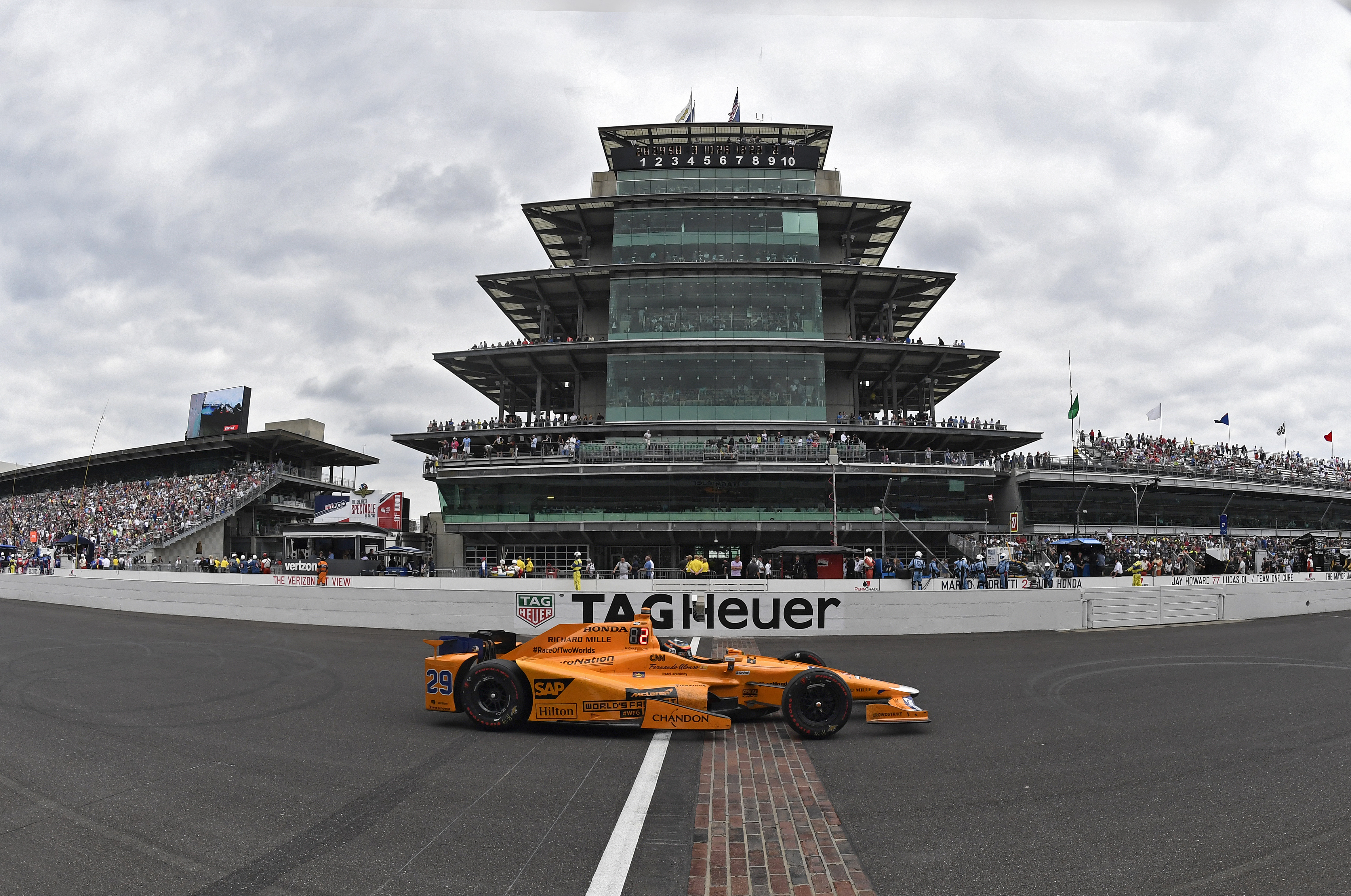
JT: Still, there is a good level of excitement in sports car racing domestically and we even see the emergence here of touring car racing with TCR-spec cars slated to race more extensively in IMSA and with Pirelli World Challenge in 2018.
In some ways, the possibilities for racers are opening up, even as the economic climate for racing remains challenging.
SJ: There’s definitely some exciting stuff and I think it’s great what (Fernando) Alonso is doing, trying other categories. That opens up the eyes of all the guys around him. All of a sudden they realise what’s possible.
Alonso is maybe the most respected driver in the world, so when all these other guys in F1 especially see him trying these other categories it will for sure make them curious if nothing else.

I know for a fact from a couple of drivers I’ve talked with in F1 that they hate the current format. They’re just not having fun. The cars aren’t fun to drive and they’re not finding the whole experience enjoyable.
Even some of the young drivers who are just getting started are seriously contemplating doing something other than F1. They just want to go drive something they can enjoy.
On the other hand, after having gotten a taste of what Super Formula and Super GT in Japan are like working with Felix (Rosenqvist), I think Japan has got it right on many levels.
Both their series are full-on racing with no restrictors or BoPs, etc. You have brand new tyres every time you leave pit lane and everybody’s going for it, all the time. It’s really good, hard racing.
Now Jenson (Button) is there (in Super GT) and that’s going to open the eyes of a lot of European drivers and others. There are definitely some good things happening.
JT: As a fun aside, I happened to be watching a program on YouTube recently called Ten Forgotten Group C Racers – LM24 Legends You’ve Never Heard Of.
One of the cars covered in the program was the 1991 Konrad Lamborghini KM 011, a Group C racer Franz Konrad created with the same Lamborghini V12 that powered the machines fielded by the Ligier and Modena teams in Formula 1.
Apparently, Franz hired you as co-driver for the season. It didn’t go too well did it?
SJ: Oh dear! I will never forget that car! That had to be hands-down the worst car I ever drove; that and the Ligier F1 car from 1988 in their respective categories. They went hand-in-hand in terms of being unbelievably bad.
It was almost comical because we had that Lamborghini engine and there were no restrictors or anything back then. It was whatever power you could get out of the engine within a certain range and it had pretty good power. But the car had zero downforce; none.
I think the car must’ve been 50 km/h quicker than the Mercedes (C291 prototype), which was the fastest car at the time, down the straights but about eight seconds slower per lap! It was ridiculous!
I don’t think it had ever been within a hundred-mile radius of a wind-tunnel. It was eyeball design all the way and it had no grip whatsoever.
There were so many things that were wrong with this car, apart from the poor handling. The cockpit had virtually no seal to the engine compartment which meant you were constantly breathing all the petrol fumes and the heat and noise inside the cockpit was insane. After about three laps in the car you lost your will to live!
Again, in sort of comedic terms, it would be difficult to make a race car that bad today with all of the advanced tools you have available now, like wind tunnels, CFD, simulators, etc, or even just armed the basic knowledge on aero, chassis dynamics, etc that exist today compared to back then.
Yet, you can still end up with something like the Nissan Le Mans prototype (2015 NISMO GT-R LM) which we all know was a complete donkey but with full manufacturer backing. If I remember correctly, someone from Nissan proudly announced at the launch of the project that this car would win the 24 Hours outright in two years. Oh well…
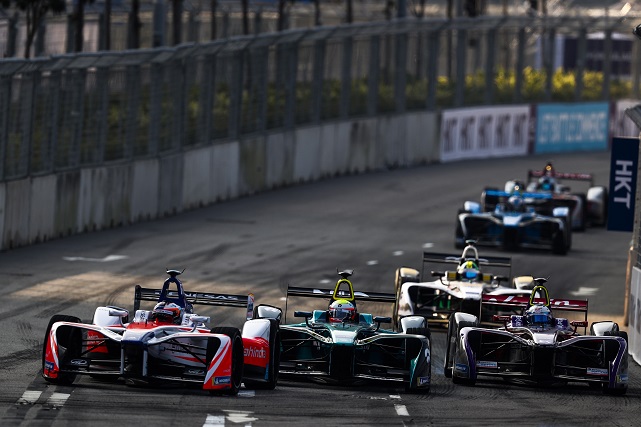
JT: Formula E built some momentum over 2017 with the defection of Porsche from the WEC LMP1 ranks benefiting the electric championship and other marques joining as well. It’s not the most compelling racing but it has drawn the interest of manufacturers.
SJ: Yes, in a way Formula E isn’t really a series for the crowd on-hand at any race; not yet anyway. The tracks are relatively small so it’s not that easy to pack in a huge crowd even if you tried.
The manufacturers are really what will drive the series in my opinion. They will no doubt start spending serious money not only on the racing but also on activation, as they always do when they get involved with a new category.
You’re going to have a war between Mercedes, Audi, Porsche, and BMW. All the German makers who have mostly left DTM and will use this as their new arena to compete. You can already see it starting.
And then you have Jaguar, Renault/Nissan and Citroen already there and several other car brands looking at it. It’s definitely the place to be at the moment.
Typically, the manufacturers go for it while they are in and committed and then there’s a board decision by one or more of them and boom, they’re out. As quick as they arrive, at some point when it doesn’t serve their purpose anymore, they’re gone. It will be interesting to see how all this will develop.
From a driver’s point of view like Felix’s, it’s an interesting place to be. The teams are starting to get serious and as such they want the best drivers they can get their hands on. That’s why there are so many of these great drivers in the series already.
JT: Looking back at the global racing landscape in 2017, which driver do you think did the best job? Which driver from open-wheel, sportscars, NASCAR, you name it, performed best?
SJ: It’s always a very difficult question because each championship and car requires you to become an expert in that particular category.
Take a championship like the Australian Supercars, for example. It’s super competitive with some really great teams and drivers. I mention it just as an example because they don’t get the recognition over here or in Europe because it’s a local championship. Any driver that do a guest appearance there generally speaking are nowhere.
IndyCar is a bit the same; it’s so hard to win consistently because the cars are so close and the race strategy plays a huge part in the overall results. We often see drivers qualifying in the back and then roll the dice on pit stops and end up winning races because they got it right.
In the end, it will probably have to migrate back to F1 and Lewis Hamilton. He’s now getting to that point where he’s starting to break one record after the other, and that never happens by accident. He’s always had the ability to dig just a little deeper when it matters and this year he had to dig a lot deeper than usual when the car was not always underneath him.







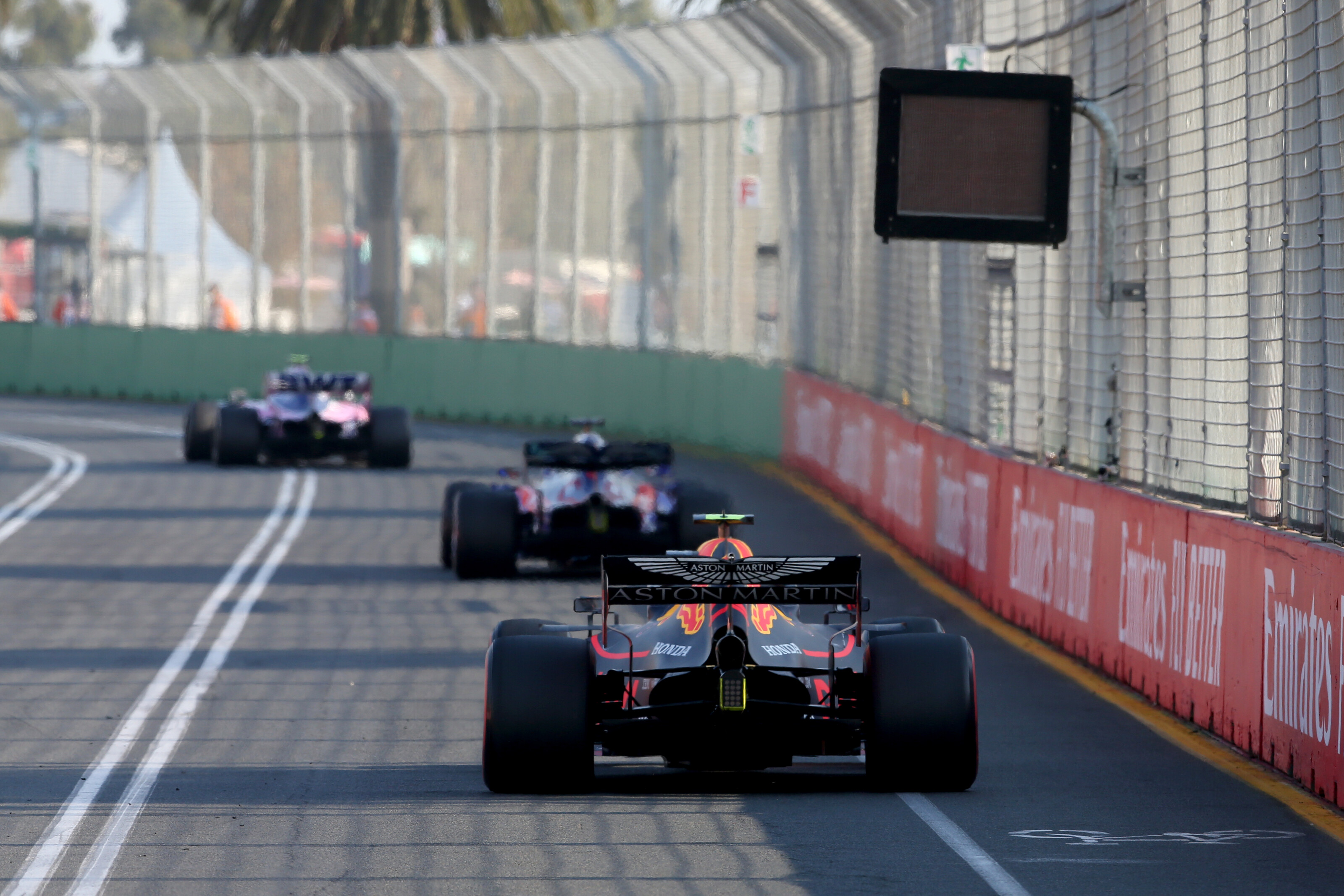












Discussion about this post